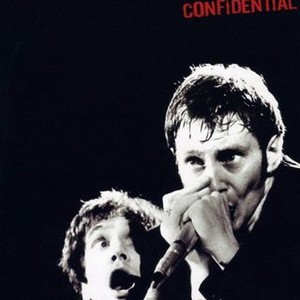

“The guitar isn’t the instrument the band is the instrument being played. In Gang of Four, “the vocals work around the guitar, the guitar works around the bass and drums…a horizontal line where everything relates to everything else,” Gill told Vintage Guitar. “I had transistorized amps - a more brittle, cleaner sound, and colder.” Disliking “guitar hierarchy,” he wanted to be equalized with other parts of his quartet. “Gang of Four were against warmth,” he told Simon Reynolds in the latter’s Rip It Up and Start Again. Gill even rejected valve amplifiers because their sound was too warm. “Once the sound has sort of made its point, it doesn’t necessarily need repeating.”Īndy Gill, Gang of Four Founding Member & Prolific Producer, Dies at 64 He scorned using distortion pedals and his “lead” interjections were shrieking chords or runs of aggravation along his high strings, all outbursts kept as brief as possible. Inspired by the trebly, insistent rhythm guitar of Wilko Johnson in the pub-rock band Doctor Feelgood, Gill went further along that line. He considered himself an anti-lead guitarist, reacting to everything he hated about ‘70s rock. When I’m coming up with an idea for a song, say, my starting point is often a drum idea.”
#Wilko johnson andy gill code#
“You could play a single note and make a kind of Morse code out of it in a very simple way. All those scrapes and zips, all those things mixed in with a little bit of a tune made something quite magical,” he told Premier Guitar last year. “The sound of the pick against the string. He’d say he was exploiting the physicality of his instrument. Gill’s guitar style was the type for which adjectives like “angular” were pressed into service to describe. “This dilemma makes them both the most contradictory of all the new groups, and the most exciting.” “The Gang of Four, with all their doubts about the ideological soundness of rock music, have chosen to stay firmly within it because they obviously love it,” Mary Harron wrote of them in Melody Maker in 1979.

As Gang of Four would admit, they were a fundamentally a dance band, owing as much to Motown as they did Marx. Taking their theoretical ideas too seriously was a snare for critics.


 0 kommentar(er)
0 kommentar(er)
